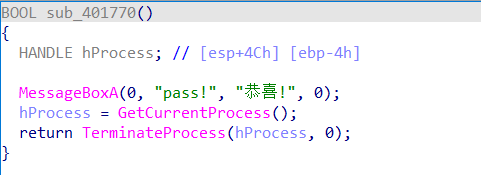在 Python 中,endswith() 方法用于判断字符串是否以指定的后缀结尾。它返回一个布尔值:如果字符串以指定的后缀结尾,则返回 True,否则返回 False。
1、语法
str.endswith(suffix[, start[, end]])1.1、参数
- suffix:要检查的后缀,可以是一个字符串或一个字符串的元组。
- start(可选):字符串中开始检查的位置,默认为 0。
- end(可选):字符串中结束检查的位置,默认为字符串的长度。
1.2、返回值
- 如果字符串以指定的后缀结尾,则返回 True,否则返回 False。
1.3、示例
1.3.1、基本用法
text = "Hello, world!"print(text.endswith("world!")) # 输出: Trueprint(text.endswith("hello")) # 输出: False1.3.2、使用 start 和 end 参数
text = "Hello, world!"print(text.endswith("world", 0, 12)) # 输出: Trueprint(text.endswith("world", 0, 11)) # 输出: False1.3.3、检查多个后缀
text = "example.py"print(text.endswith((".py", ".txt"))) # 输出: Trueprint(text.endswith((".java", ".cpp"))) # 输出: False1.4、注意事项
- suffix 可以是一个字符串或一个字符串的元组。如果是元组,方法会检查字符串是否以元组中的任何一个元素结尾。
- start 和 end 参数用于指定字符串的子范围。如果不指定,默认检查整个字符串。
2、实际应用
endswith() 方法常用于文件名或路径的检查,例如判断文件类型:
filename = "document.pdf"if filename.endswith(".pdf"):print("This is a PDF file.")else:print("This is not a PDF file.")
通过使用 endswith() 方法,可以方便地进行字符串后缀的检查,从而简化代码逻辑,提高代码的可读性和维护性。



















